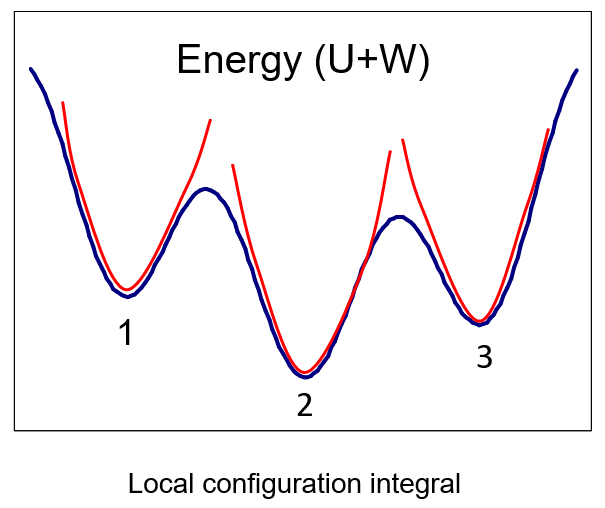Error loading player: No playable sources found
3592600
Progress in protein-ligand binding free energy calculations
Date
August 23, 2021
Related Products
Effective fragment molecular orbital (EFMO): Nanomaterial, biomolecules, and beyond
Accurately and efficiently modeling nano-sized molecular clusters and beyond can now be achieved with an _ab initio-_based fragmentation approach, the effective fragment molecular orbital (EFMO) method…
An interface of statistical mechanics with quantum potentials for host-guest binding affinity calculations
To improve accuracy for calculations of host-guest binding properties, Verachem’s classical force-field-based free energy prediction (VM2) methods have been integrated with quantum energy potentials…
Effective fragment molecular orbital (EFMO): Nanomaterial, biomolecules, and beyond
Accurately and efficiently modeling nano-sized molecular clusters and beyond can now be achieved with an _ab initio-_based fragmentation approach, the effective fragment molecular orbital (EFMO) method…
An interface of statistical mechanics with quantum potentials for host-guest binding affinity calculations
To improve accuracy for calculations of host-guest binding properties, Verachem’s classical force-field-based free energy prediction (VM2) methods have been integrated with quantum energy potentials…



